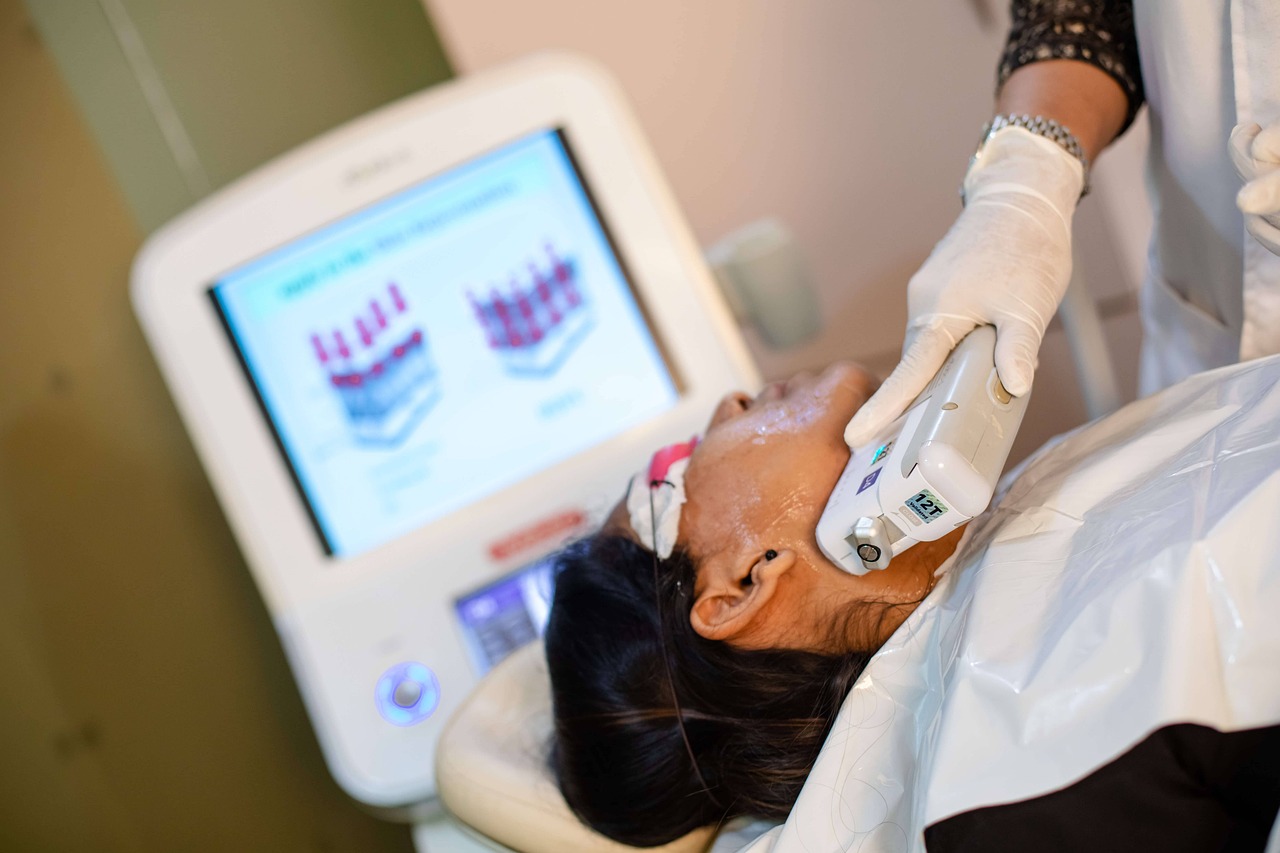

Waxing is a method of hair removal that involves applying hot or cold wax to the skin and then removing the wax along with the unwanted hair. It is a popular hair removal technique used by both men and women to achieve smooth and hair-free skin in various areas of the body, including the legs, arms, underarms, bikini line, and face.
Here's a general overview of the waxing process:
Preparation: Before waxing, it's important to ensure that your skin is clean, dry, and free from any lotions, oils, or sweat. Trimming longer hairs to about ¼ inch (6 mm) may also be necessary for better waxing results.
Selecting the wax: There are different types of waxes available, including soft wax (strip wax) and hard wax. Soft wax is usually applied thinly to the skin and removed using cloth or paper strips. Hard wax is thicker and applied in a thicker layer that hardens and is then directly pulled off without the need for strips.
Applying the wax: The wax is heated until it reaches a suitable temperature and consistency for application. It is then spread onto the desired area using a wooden spatula or applicator, following the direction of hair growth.
Removing the wax: For soft wax, a cloth or paper strip is pressed onto the wax and then quickly pulled off in the opposite direction of hair growth. This removes the wax along with the unwanted hair. With hard wax, the wax hardens as it cools, and it is then grasped at the edge and pulled off swiftly in the opposite direction of hair growth.
Aftercare: After waxing, any remaining wax residue can be cleaned off with a suitable oil or wax remover. Soothing lotions or creams can be applied to reduce any redness or irritation. It's important to avoid hot baths, sun exposure, and exfoliating the waxed area for at least 24 hours to prevent skin irritation.
Waxing offers relatively longer-lasting results compared to shaving, as it removes hair from the root. However, it can be uncomfortable or slightly painful, especially for those with sensitive skin. Over time, regular waxing can lead to hair growing back finer and sparser.
It's important to note that if you have certain skin conditions, allergies, or are taking medications that affect the skin's sensitivity, it's best to consult with a professional esthetician or dermatologist before getting a waxing treatment. They can provide personalized advice and ensure a safe and effective hair removal experience.



